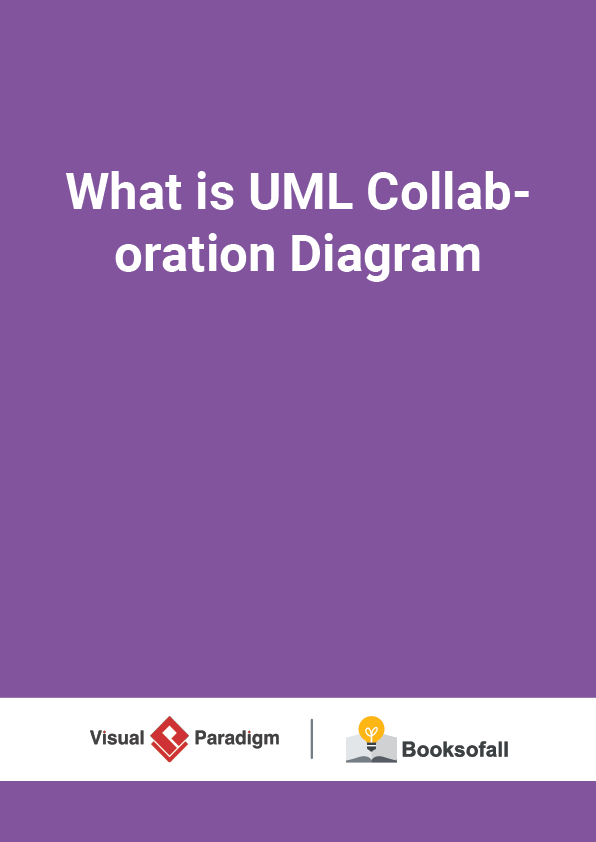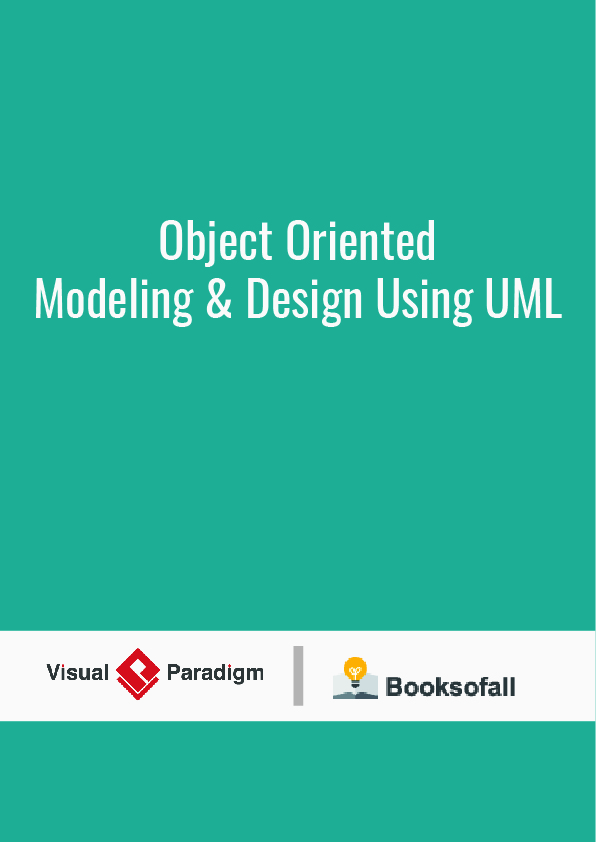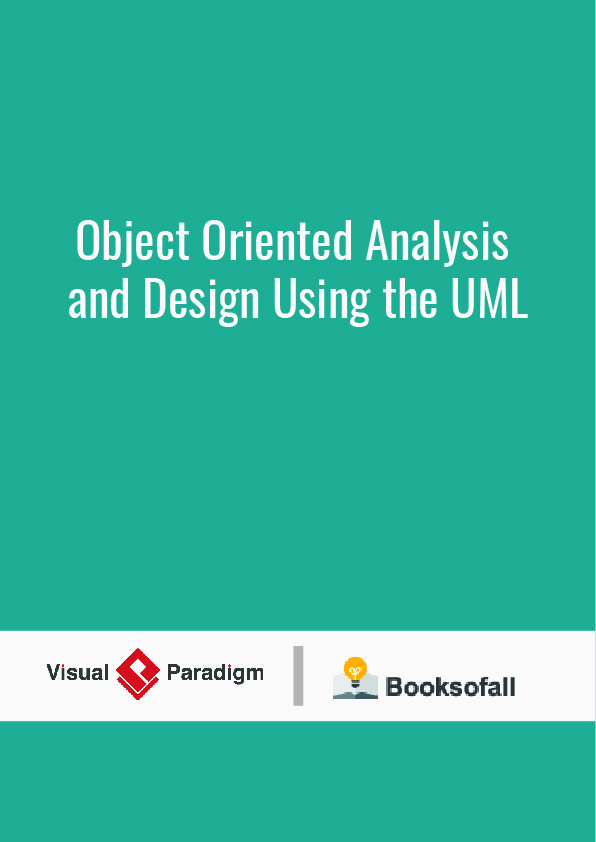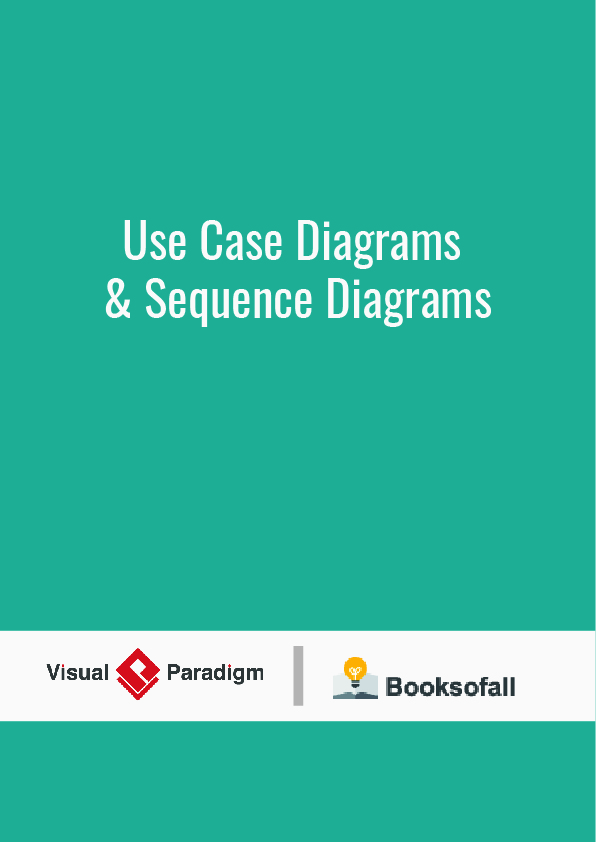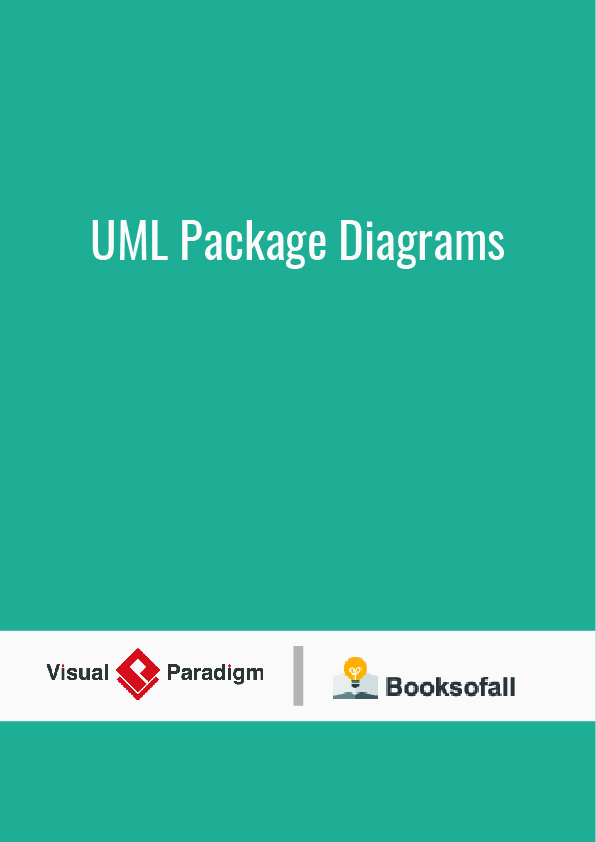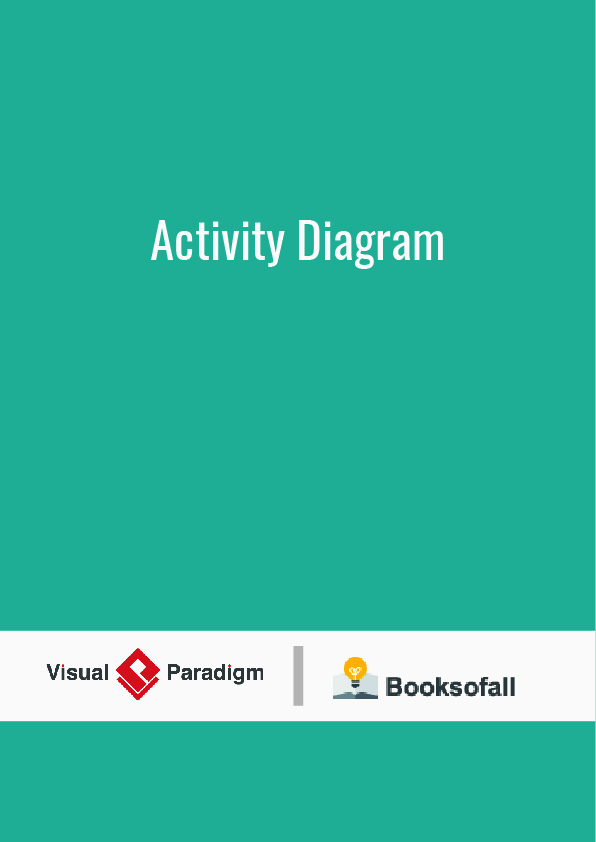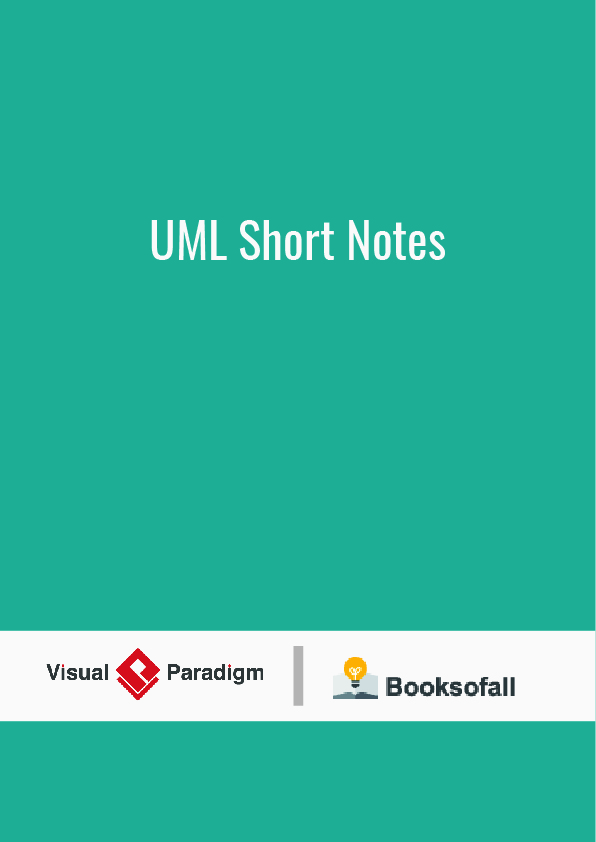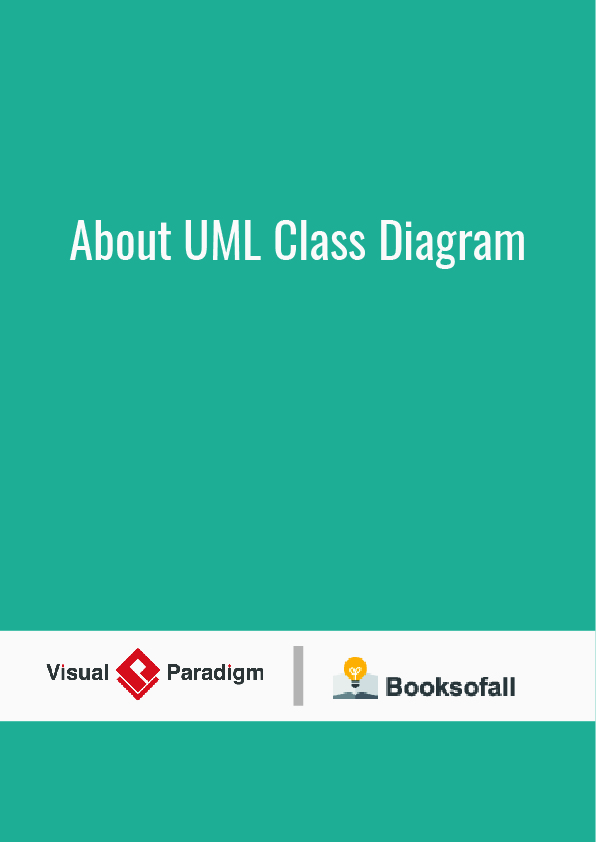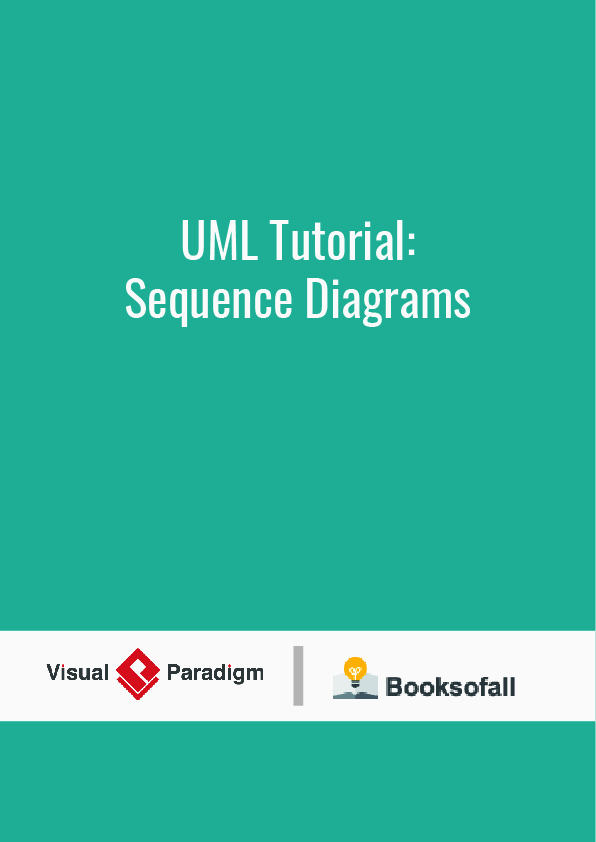What is UML Collaboration Diagram?
6-8 minutes
Collaboration diagrams ( known as Communication Diagram in UML 2.x ) are used to show how objects interact to perform the behavior of a particular use case, or a part of a use case. Along with sequence diagrams, collaboration are used by designers to define and clarify the roles of the objects that perform a particular flow of events of a use case. They are the primary source of information used to determining class responsibilities and interfaces.
Learn UML Faster, Better and Easier
Are you looking for a Free UML tool for learning UML faster, easier and quicker? Visual Paradigm Community Edition is a UML software that supports all UML diagram types. It is an international award-winning UML modeler, and yet it is easy-to-use, intuitive &completely free.
[ Free Download ]
What is a Collaboration?
- A Collaboration is a collection of named objects and actors with links connecting them. They collaborate in performing some task.
- A Collaboration defines a set of participants and relationships that are meaningful for a given set of purposes
- A Collaboration between objects working together provides emergent desirable functionalities in Object-Oriented systems
- Each object (responsibility) partially supports emergent functionalities
- Objects are able to produce (usable) high-level functionalities by working together
- Objects collaborate by communicating (passing messages) with one another in order to work together
Why Collaboration Diagram?
Unlike a sequence diagram, a collaboration diagram shows the relationships among the objects. Sequence diagrams and collaboration diagrams express similar information, but show it in different ways.
Because of the format of the collaboration diagram, they tend to better suited for analysis activities (see Activity: Use-Case Analysis). Specifically, they tend to be better suited to depicting simpler interactions of smaller numbers of objects. However, if the number of objects and messages grows, the diagram becomes increasingly hard to read. In addition, it is difficult to show additional descriptive information such as timing, decision points, or other unstructured information that can be easily added to the notes in a sequence diagram. So, here are some use cases that we want to create a collaboration diagram for:
- Model collaborations between objects or roles that deliver the functionalities of use cases and operations
- Model mechanisms within the architectural design of the system
- Capture interactions that show the messages passing between objects and roles within the collaboration
- Model alternative scenarios within use cases or operations that involve the collaboration of different objects and interactions
- Support the identification of objects (hence classes) that participate in use cases Each message in a collaboration diagram has a sequence number.
- The top-level message is numbered 1. Messages sent during the same call have the same decimal prefix but suffixes of 1, 2, etc. according to when they occur.
Notations of Collaboration Diagram
Objects
An object is represented by an object symbol showing the name of the object and its class underlined, separated by a colon:
Object_name : class_name
You can use objects in collaboration diagrams in the following ways:
- Each object in the collaboration is named and has its class specified
- Not all classes need to appear
- There may be more than one object of a class
- An object’s class can be unspecified. Normally you create a collaboration diagram with objects first and specify their classes later.
- The objects can be unnamed, but you should name them if you want to discriminate different objects of the same class.
